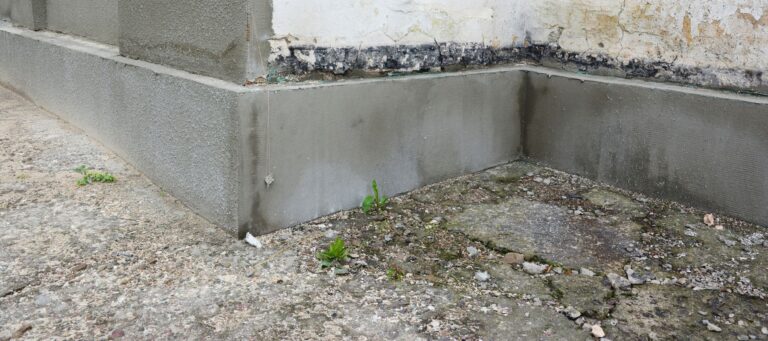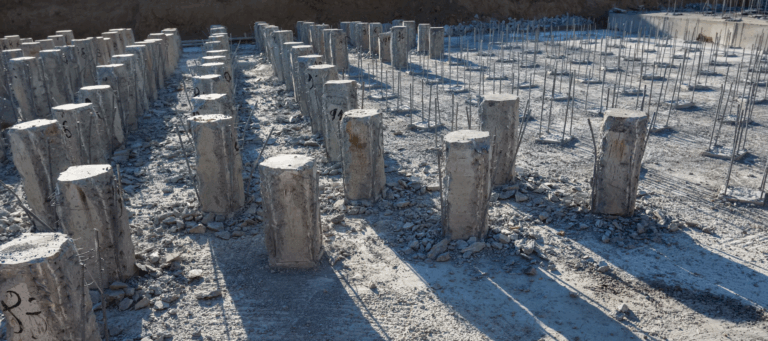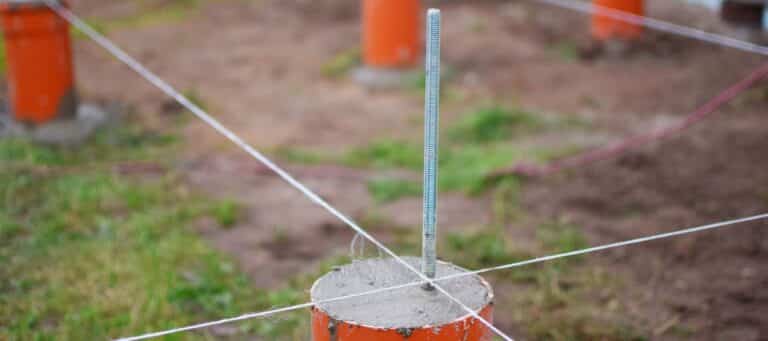It is common for homeowners to prioritize high-quality materials for their foundation construction, but it does not guarantee a problem-free foundation. The type of equipment used and the soil composition play significant roles in a foundation’s structural integrity. Issues such as cracks and instability can arise, necessitating professional foundation repair.
Types of Damage
Soil composition can cause various types of damage to a foundation. Shifting soil can impact floors and walls, leading to instability. Cracks may appear in drywall, pipes can burst, and basement floors may fracture. Settling can cause doors and windows to not close properly, and damp conditions can foster mold and mildew growth.
Soil Composition
Different soil types possess unique characteristics that affect the foundation of a house.
Rock
Rock soils, such as sandstone, shale, and limestone, offer strength and stability to support a foundation.
Peat
Peat soil, dark in color, is easily compressible due to its water-retaining ability, making it unsuitable for foundations as it can change and shift easily.
Loam
Loam, a mixture of clay, sand, and silt, crumbles when dry and provides balanced support with moderate water retention.
Clay
Clay soil, consisting of small particles, retains and expands with water, causing significant changes in stability and potentially damaging the foundation.
Gravel/Sand
Gravel or sand soils with larger particles provide good drainage and minimal moisture retention, offering solid support for foundations when properly compacted.
Silt
Silt soil, composed of small particles, retains water for extended periods and can exert pressure on a foundation due to poor drainage, leading to foundation problems.
Foundation Design
An unstable foundation design fails to accommodate the changing stability of the soil. Inadequate moisture retention management can cause soil to push against the foundation, resulting in severe damage and necessitating foundation repair.
Solutions
If a foundation is built on silt, peat, or clay, preventative measures can be taken to avoid damage. Installing proper drainage and using support piers can prevent settling and further damage. These measures are effective in halting additional damage once settling has already occurred.









